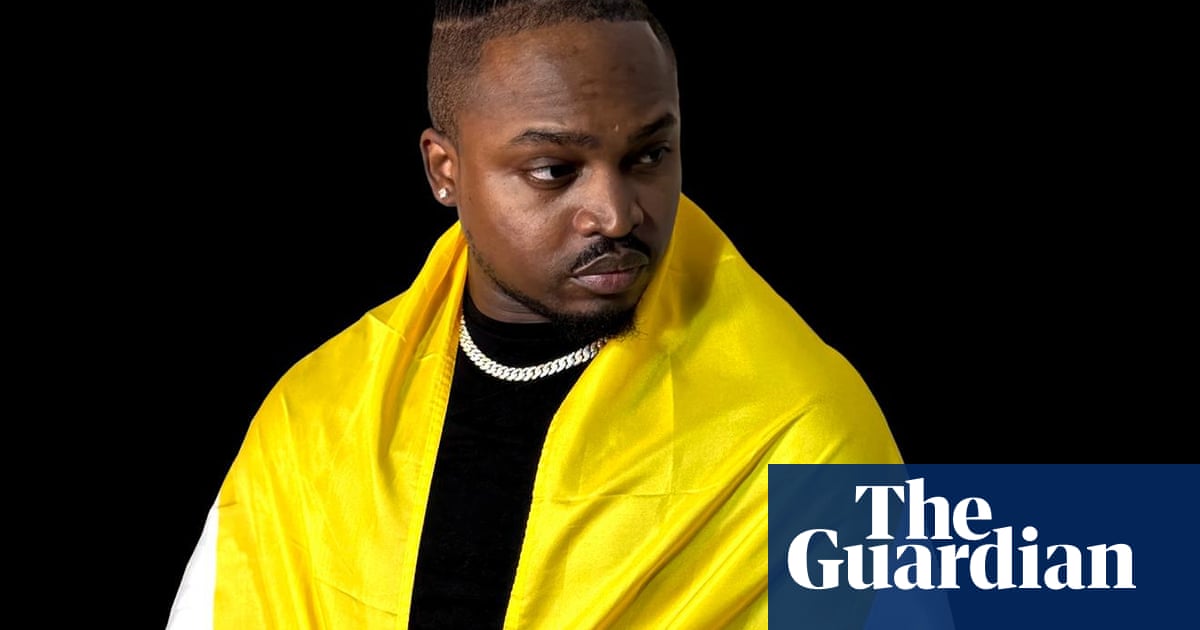When the Honduran musician Gustavo Castillo, stage name Tavo Man, was nominated for a Latin Grammy, it was seen as a triumph for Garifuna people around the world. It was the first time a Garifuna song was recognised in the prestigious awards, and was considered a milestone in the fight to preserve and popularise the culture.
Having his Garifuna song,Hun Hara, which celebrated the values of kindness and gratitude, recognised by the Grammys was important in telling the story of his ancestors, said Castillo, 31. The Garifuna, descendants of enslaved Africans and Indigenous Kalinagos, are indigenous to the Caribbean island of St Vincent and the Grenadines (SVG), but their diaspora has spread across the Americas.
“It was only the first round of the Grammies, but it meant a lot to me, because I’m the first Garifuna artist to achieve this; it was like a dream coming true,” he said.
He added: “I remember when I sent the request to the Latin Grammy. I was a little nervous about it because I was the first one to cross that line … I was not expecting anything to come from it. So when they answered me and they told me to send my biography, it was like, wow.”
The Garifunacame into the spotlight in Marchwhen SVG’s prime minister, Ralph Gonsalves, purchased Baliceaux, a private, uninhabited island in the country’s archipelagowhere thousands of Garifuna perishedafter they were stranded there by the British in 1796 in miserable conditions.
Regarded as sacred by the Garifuna, the SVG government announced plans to designate Baliceaux a heritage site for Garifuna who still live in Honduras, Belize and the other regions to which their ancestors were exiled by the British, centuries ago.
Castillo’s recent releaseÍtarala–“Amen” – isrooted in a traditional Garifuna hymn that explores humanity’s spiritual connection to its supreme creator. He wants his music to revive Garifuna music and language, which have beenrecognised by Unescoon its register of intangible cultural heritage.
Castillo said he remembers his grandmother singing the hymn to him. “My mum used to work, so I used to spend more time with my grandmother. She was 100% Garifuna, and she taught me about respect and about the culture.”
He added that since the age of 13, he had felt compelled by his ancestors to be a voice for the Garifuna people. “They need someone to talk about the history of the things that are happening in the community today; to remind us that we are warriors, survivors, and that to deal with today’s challenges, we need to act together like our ancestors did.”
Castillo said he persevered with his music, even when his parents disapproved, concerned that it was not a lucrative career option. “I’m the first in my family to start doing music and making art. So it was a little bit complicated for me. For them, they saw my dreams as something to do just for a couple of years, not for my whole life. They didn’t realise I could get something, or make a living from this.”
Castillo credits his manager, Miguel Álvarez, who is also Garifuna, for keeping him focused and avoiding trouble on the streets of Honduras.
Princess Eulogia Gordon, a Californian publicist who strongly identifies with her Garifuna heritage, compared Tavo Man to other greats of Caribbean music.
“I remember growing up in the US and hearing Bob Marley on the radio, and then people coming out with Carib Beats and Afro Beats. We had Beenie Man and Sean Paul, and Rihanna, and I was saying, ‘Oh my gosh, we are getting more and more of our flavours coming to the mainstream.’
“But, none of the Garifuna late greats like Paul Nabor, Andy Palacio and Aurelio Martínez were on the radio, and here we are in 2025 and they are still not getting that respect and that access to the mainstream,” she said.
Gordon said she felt an instant connection to Man’s rendition of Ítarala. “I feel like it was divinely and spiritually brought to me so I could work with it, and ensure that it gets pushed out into the community and beyond. The ancient story of the Garifuna is woven into this music, but there is also a contemporary rhythm that engages children and young people who have lost the desire to be Garifuna. This song gives us permission to be Garifuna.”
